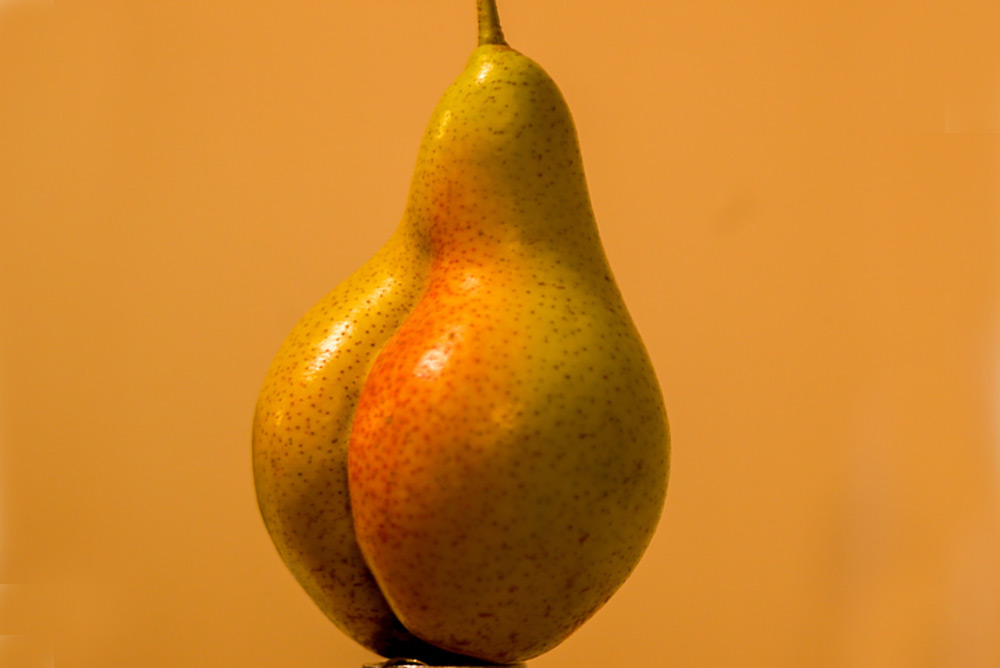By Valerie Monroe
If you’re interested in feeling happier about your appearance—especially as you age—you might like reading what she has to say about it. For more of her philosophical and practical advice, subscribe for free to How Not to F*ck Up Your Face at valeriemonroe.substack.com.
TODAY A RARE behind-the-scenes look at my email inbox. For your delectation, a headline from a press release I recently received:
Harmonizing the butt helps eliminate cellulite. Specialized company explains the technique.
First I thought, harmonizing with my butt? What might that involve? Because the press release didn’t offer an answer to the question, If my breasts are an A sharp and my waist is a middle C and my butt is a D flat, am I off key? I Googled. As you might suspect, “harmonizing” the body is simply another way of suggesting consonant aesthetic proportions . . . for those of us born without perfect pitch.
But(t), really.
◊◊◊◊◊◊◊◊◊◊◊◊
A moment about a manicure kit a PR friend gifted me last week. I hate sitting for manicures and tend to be all thumbs giving one to myself—but when I meticulously followed the easy directions on this kit, I wound up with a professional-looking job that’s lasted a week so far (and through many, many hand-washings). The kit’s like “manicures for dummies.” And all the products are non-toxic. ⭐
◊◊◊◊◊◊◊◊◊◊◊◊
An understandably cranky reader has a question about a very annoying and unsightly skin issue.
Q: How can I treat post-inflammatory hyperpigmentation (PIH)? When I get a mosquito bite or any kind of break in my skin, the dark scar lasts for years. Years! Dermablend makeup is the only thing that helps hide it.
A: Having returned not long ago from a place where biting no-see-ums swarmed like the swallows of Capistrano, except in a nightmare, I can only imagine the difficulty of your PIH situation. So I asked HNTFUYF DermDiva Heidi Waldorf about solutions.
“I explain post-inflammatory hyperpigmentation (PIH) to patients as an injury, rash, allergic reaction, or bug bite in a susceptible person that starts a party of inflammatory cells,” she said. “In all the excitement, messages are sent to melanocytes (pigment cells) to make more melanin (pigment), and then skin cells release the pigment they’ve collected.” The result is long-lasting brown or blue discoloration.
PIH is more common in darker skin but anyone can be susceptible. Asians are at high risk, and someone who has light skin but a darker-skinned parent also can be at higher risk, said Waldorf.
“Theoretically, PIH goes away on its own” said Waldorf. Theoretically? That means it can last months to years and may be visible to some degree forever. Which seems to coincide with your experience, dear Reader. The key, said Waldorf, is prevention. If you have the misfortune of being a mosquito magnet, you must focus on reducing inflammation.
Returning to the party analogy, limiting attendees, keeping it quieter, and ending it earlier leaves less mess to clean up.
For your skin, that means taking an oral antihistamine (like Zyrtec, Claritin, or Benadryl) and applying a topical steroid (such as 1% hydrocortisone cream) as soon as the bug bite, or other itchy rash or hives, occurs. And whatever you do, don’t scratch it, warns Waldorf. Stick on a Band-Aid if necessary to stop your fingers.
If you’ve scratched until the skin breaks and/or you get a scab, keep it moist with Vaseline or Aquaphor. The point is to start with good wound care immediately after the bite and be consistent with scar care afterward, which includes moisturization and applying a topical silicone gel (like Serica). Sun protection is also critical in preventing increased pigmentation. If the initial itch is intense, if you have a wound that won’t heal, if you’re still seeing lots of redness and other signs of inflammation after a few weeks, or if the spot heals well but you see a persistent mark six months later, a visit with your dermatologist is in order.
But it’s best not to expect a magic bullet. Treatment of PIH is frustrating for both patients and doctors, said Waldorf. A standard treatment is a modified Kligman formula: a prescription combination of retinoic acid for cell turnover, hydroquinone to suppress pigment production, and a corticosteroid to reduce inflammation. The concentrations of retinoid and hydroquinone, and the strength of the corticosteroid, can be modified for your specific needs. Other topicals that may help include tranexamic acid, niacinamide, ascorbic acid (vitamin C), licorice extract, and bakuchiol. Terrific reporter (and mosquito magnet) Jennifer Sullivan, in her beauty column for The Cut, said she uses Hero Micropoint for Dark Spots, which have worked for her.
According to the NIH, treatment can include various kinds of lasers, but there’s a risk of increased irritation and hyperpigmentation, says Waldorf.
For your part, keeping skin well-hydrated with moisturizers and using only a gentle cleanser is critical in helping tolerate topical treatments and reducing further inflammation.
I wish I had more, better advice to offer you about PIH. The best thing you can do is to treat it immediately as suggested above and make use of your excellent concealer. And to practice patience as the healing process continues.


